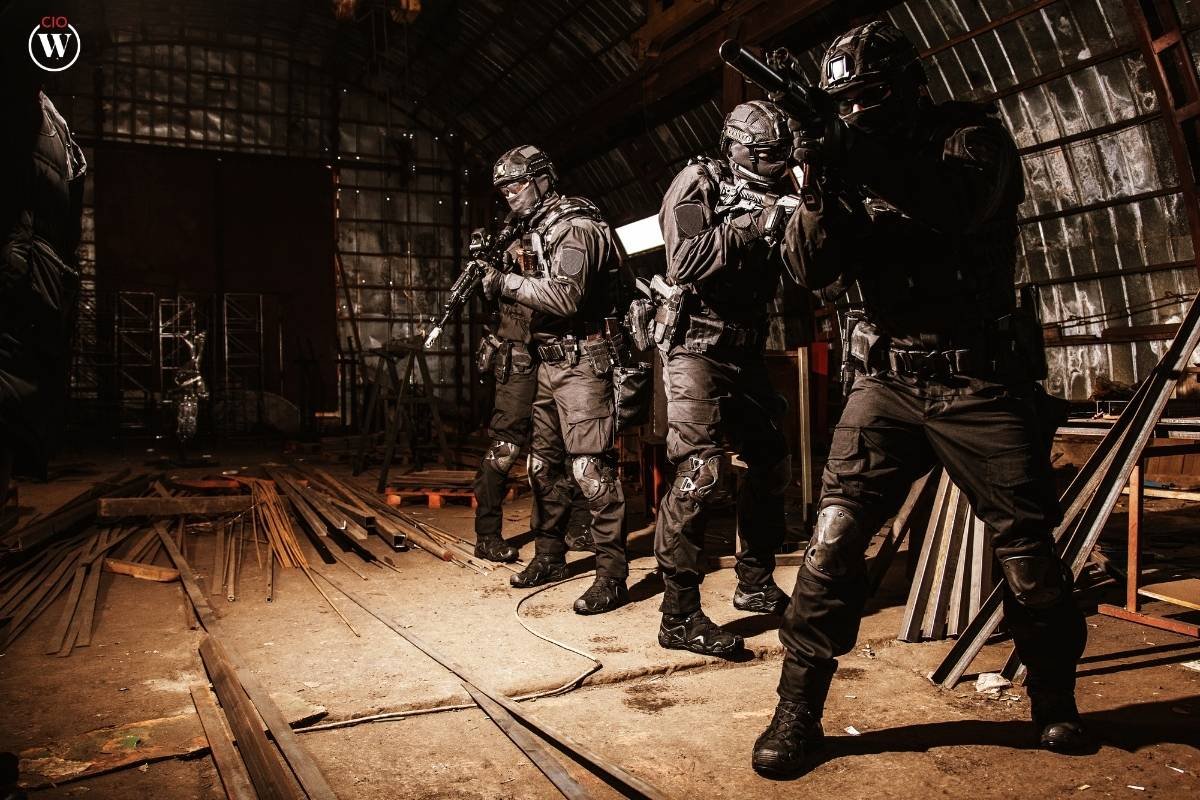Tactical decision-making plays a pivotal role in various aspects of life, from military operations to business strategies and everyday problem-solving. It involves the process of making decisions in the heat of the moment, often with limited information and time constraints. In this article, we will delve into the intricacies of this type of decision making, exploring its significance, challenges, and key principles.
Understanding Tactical Decision Making
Tactical decision making is the art of choosing the most effective course of action from a range of possible options, especially in situations where quick thinking and adaptability are crucial. Unlike strategic decisions that are long-term and often involve extensive planning, tactical decisions are immediate and responsive to the dynamic nature of the environment.
This term encapsulates the essence of these decisions, emphasizing their strategic importance in achieving short-term objectives within a broader context.
Significance of Tactical Decision Making
- Military Operations:

In the military, making tactical decisions is a cornerstone of success on the battlefield. Commanders must rapidly assess the evolving situation, consider the capabilities of both their own forces and the enemy, and make decisions that can influence the outcome of a specific engagement. The ability to adapt and make effective decisions in real-time is crucial for mission success.
- Business Strategies:
In the business world, leaders constantly face situations where they must make tactical decisions to address immediate challenges. Whether it’s responding to a market shift, managing a crisis, or optimizing resources, effective tactical decision making is vital for maintaining competitiveness and achieving short-term goals.
- Emergency Services:
First responders, such as police, firefighters, and paramedics, rely heavily on making tactical decisions when confronted with emergencies. The ability to quickly assess a situation, prioritize actions, and adapt to unforeseen circumstances is critical in saving lives and minimizing damage.
Challenges in Tactical Decision Making
- Limited Information:
One of the primary challenges in tactical decision making is the often limited and incomplete information available. Decisions must be made swiftly, even when critical details are missing, requiring individuals to rely on their experience, intuition, and the available data to form the best possible judgment.
- Time Constraints:
Tactical decisions are time-sensitive by nature. The pressure to act quickly can lead to stress and anxiety, affecting decision-makers’ cognitive processes. Balancing the need for speed with the importance of making well-informed choices is a constant challenge.
- Uncertainty and Ambiguity:

The dynamic nature of tactical situations introduces uncertainty and ambiguity. Rapid changes in the environment can make it difficult to predict outcomes accurately. Successful tactical decision making involves embracing uncertainty and making decisions based on the best available information.
Principles of Effective Tactical Decision Making
- Situational Awareness:
Developing a keen sense of situational awareness is fundamental to effective tactical decision making. This involves continuously assessing the environment, understanding the factors at play, and anticipating potential developments. Maintaining a high level of situational awareness allows decision-makers to make informed choices in rapidly changing scenarios.
- Risk Assessment:
Every decision involves a level of risk. Effective tactical decision making requires a careful assessment of the potential risks and benefits associated with each option. Understanding the consequences of different actions enables decision-makers to choose the course of action that aligns with their objectives while minimizing negative outcomes.
- Adaptability:

Flexibility and adaptability are key components of successfully taking tactical decisions. Being open to changing plans based on new information or unexpected developments is crucial. Rigidity in decision-making can lead to missed opportunities or ineffective responses to evolving situations.
- Communication:
Clear and concise communication is vital in tactical decision making, especially in team-based environments. Effective leaders ensure that information is shared efficiently, enabling all team members to understand the current situation and contribute to the decision-making process. Open communication fosters collaboration and enhances the overall effectiveness of tactical decisions.
Whether in military operations, business strategies, or emergency services, the ability to make effective decisions in rapidly changing environments is crucial. The challenges associated with limited information, time constraints, and uncertainty emphasize the need for well-defined principles in the decision-making process.
Conclusion
In conclusion, tactical decision making is a skill that transcends various fields, impacting the outcomes of critical situations. The ability to make sound judgments under pressure is a hallmark of effective leaders and decision-makers. By understanding the significance of this concept, acknowledging its challenges, and applying key principles, individuals can enhance their ability to navigate the complex and dynamic landscape of decision making. This serves as a reminder of the strategic importance of these decisions in achieving short-term goals and objectives.
Frequently Asked Questions (FAQs) about Tactical Decision Making:
- What is the difference between tactical and strategic decision making?
Tactical decision making involves immediate and short-term choices made in response to specific, often unpredictable situations. It focuses on achieving immediate objectives within a broader context. In contrast, strategic decision making is long-term, involving extensive planning to achieve overall organizational goals.
- How does limited information impact tactical decision making?
Limited information is a common challenge in making decisions tactically. Decision-makers must rely on their experience, intuition, and available data to make quick and informed choices. The ability to effectively navigate situations with incomplete information is a crucial skill in tactical decision making.
- What role does communication play in tactical decision making?
Communication is paramount in tactical decision making, especially in team-based environments. Clear and concise communication ensures that all team members are on the same page, understand the evolving situation, and can contribute effectively to the decision-making process. Open communication fosters collaboration and enhances overall decision-making effectiveness.
- How can individuals enhance their situational awareness for better tactical decision making?
Developing situational awareness involves continuously assessing the environment, understanding factors at play, and anticipating potential developments. Individuals can enhance their situational awareness by staying informed, practicing mindfulness, and actively seeking diverse perspectives to create a comprehensive understanding of the situation.
- What is the role of adaptability in tactical decision making?
Adaptability is a key principle in this concept. The ability to adjust plans based on new information or unexpected developments is crucial for success. Decision-makers should be open to change and willing to pivot strategies to effectively respond to evolving situations, ensuring a higher likelihood of achieving desired outcomes.









